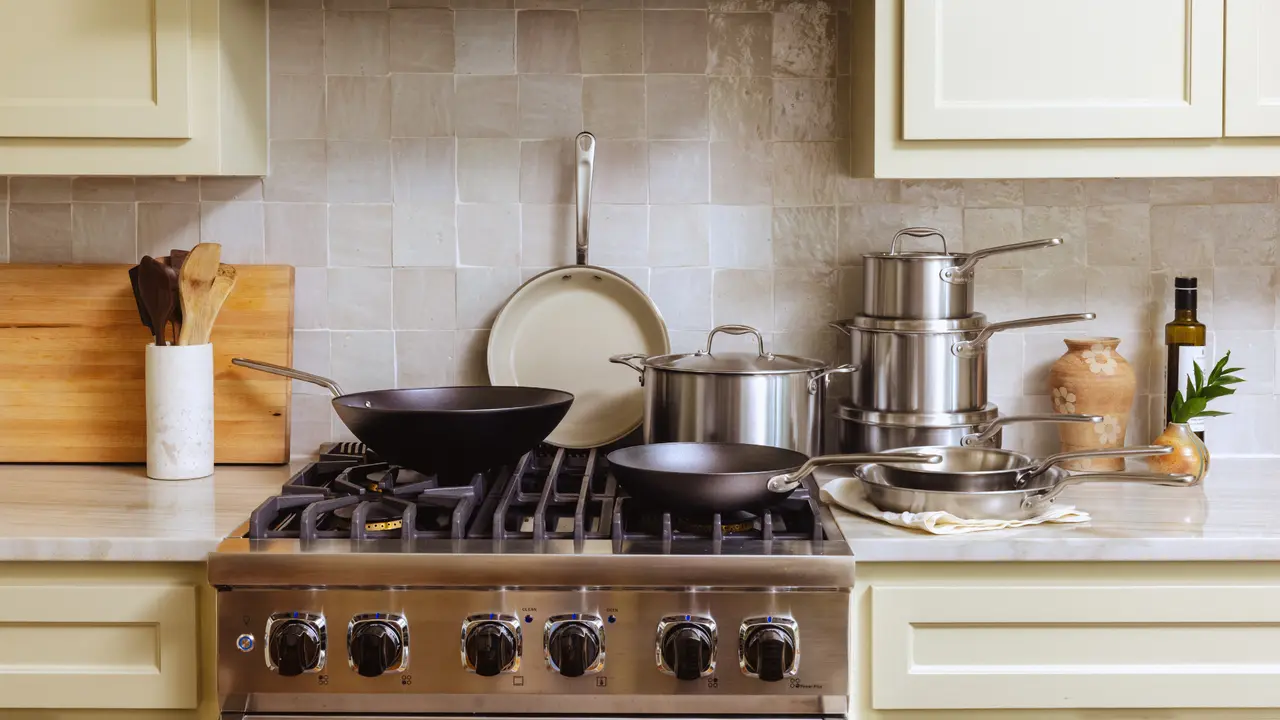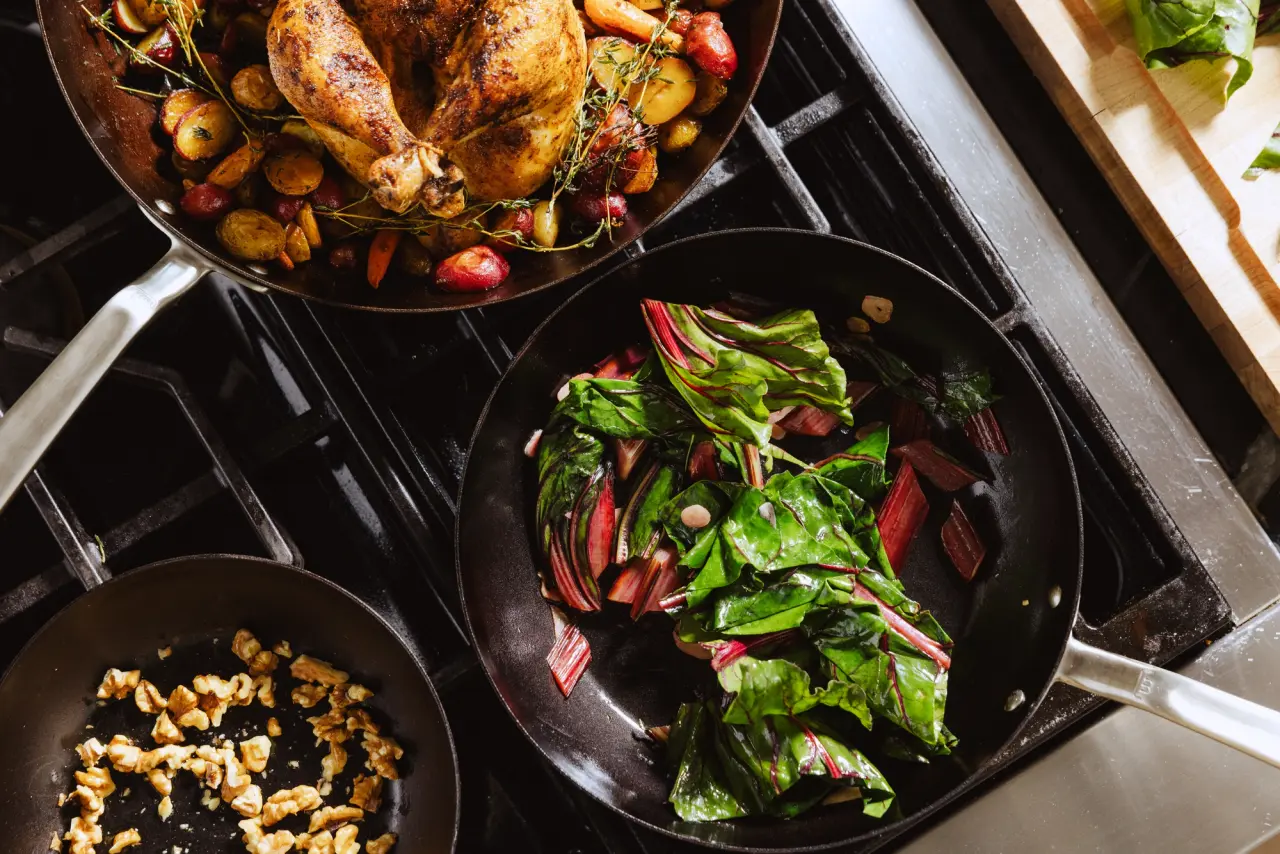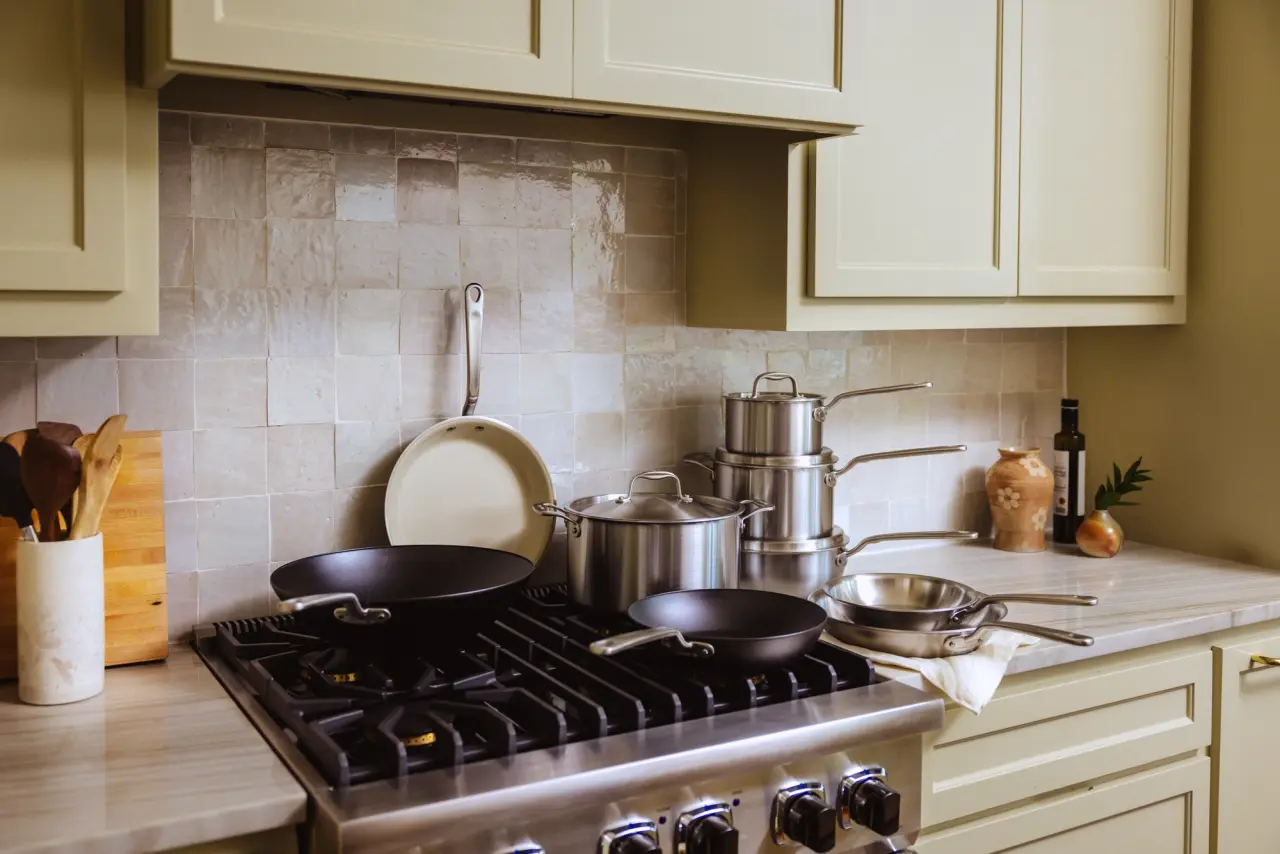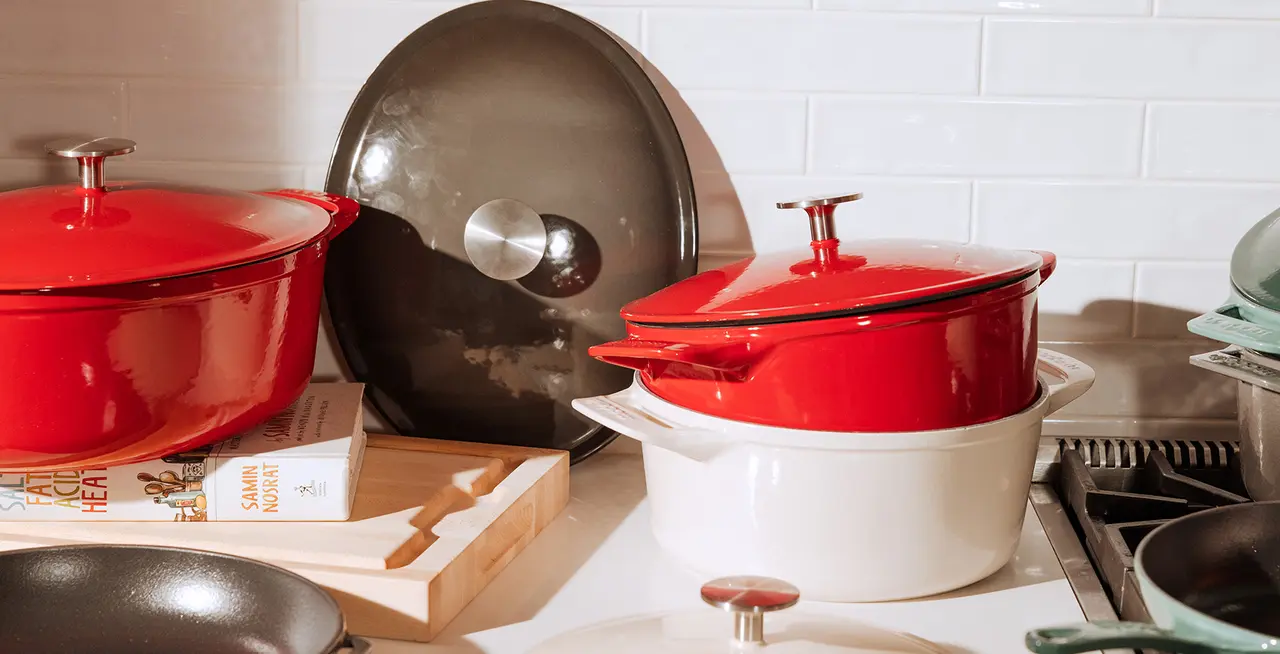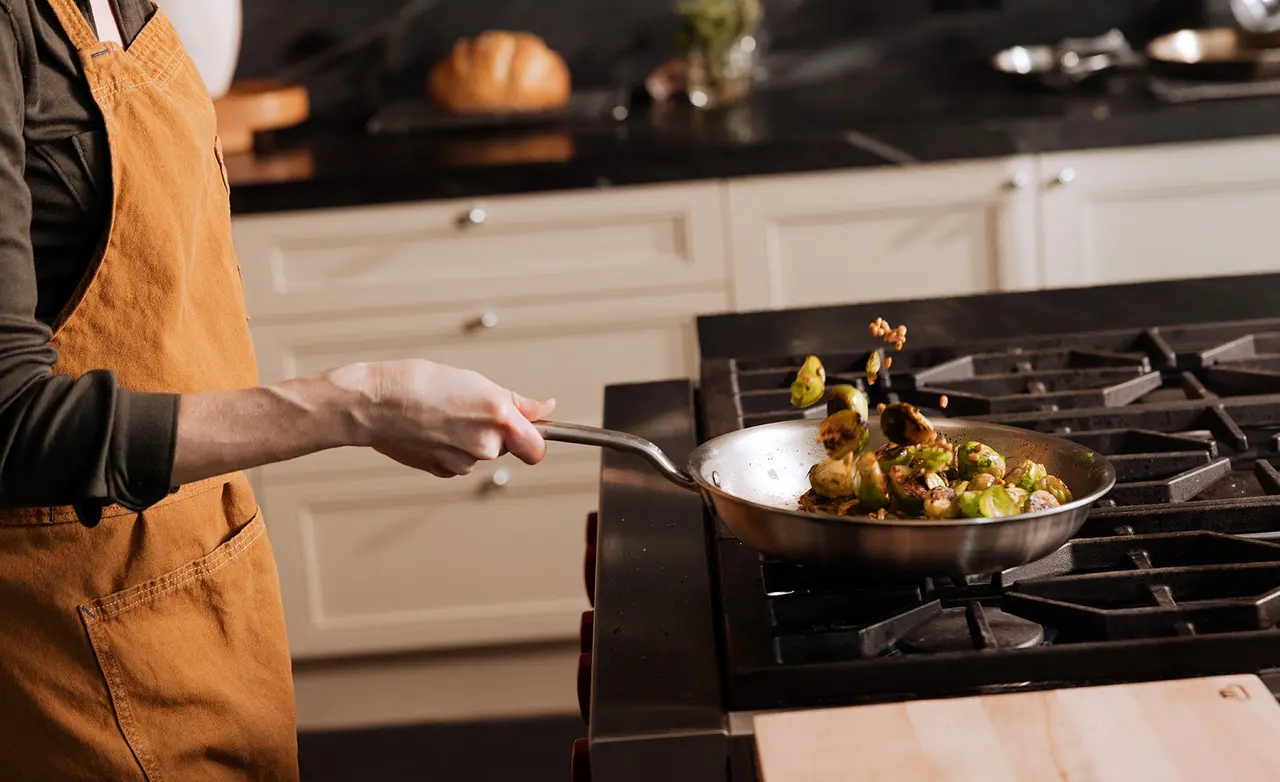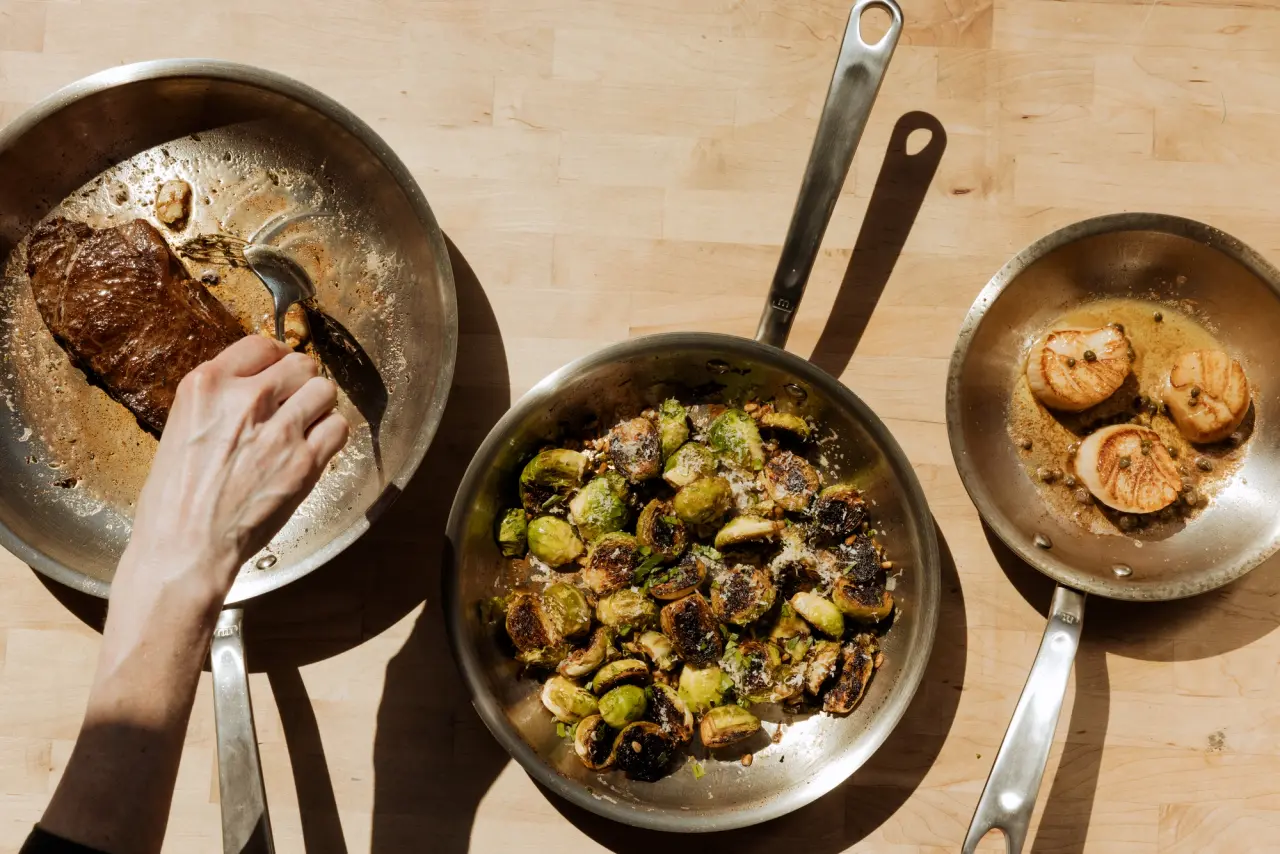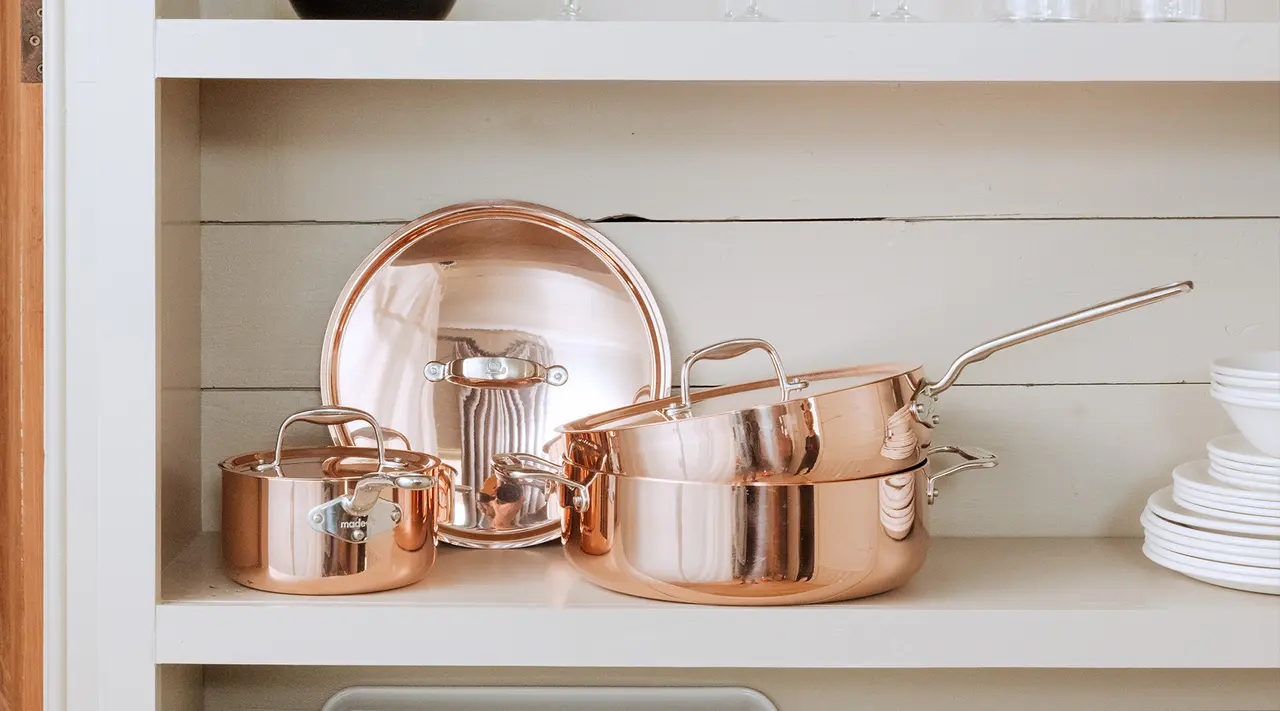Many home cooks rely on non stick pans for their ease of use—but if you're looking for a cleaner, longer-lasting alternative, carbon steel might just be the upgrade you're looking for. They’re lightweight, oven-safe, and develop a naturally non stick surface without the use of synthetic coatings.
Here’s why carbon steel is the best non stick pan you can buy—and how to make the switch with confidence.
Why Switch from Non Stick to Carbon Steel?
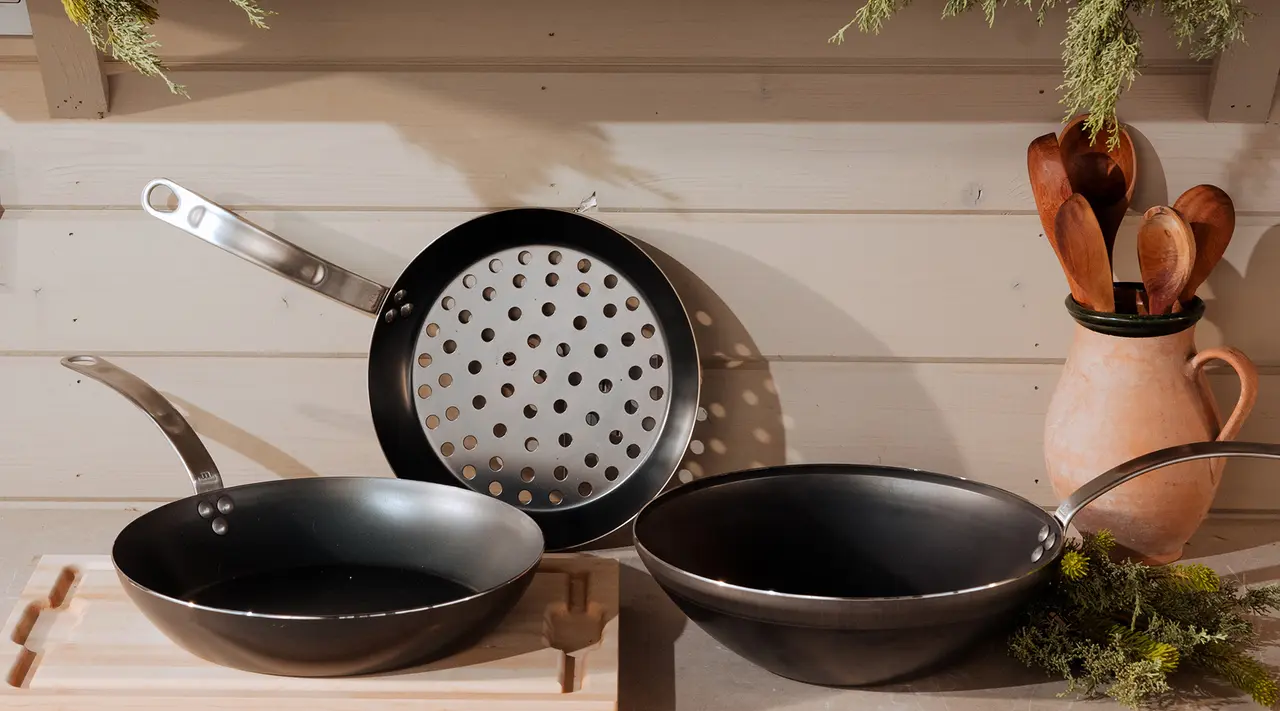
If you’ve been using non stick pans for years, you may wonder why you need to try something new. Here are three key reasons to make the switch.
1. Durability
Non stick pans are known for easy release and quick cleanup, but even the best can lose non stick properties over time.
Carbon steel pans, on the other hand, are virtually indestructible. With the proper seasoning, they become more non stick over time, not less. They're designed to last a lifetime, making them a much more sustainable choice.
2. Performance
Most non stick pans aren’t able to be used over high heat or in the oven, which limits your cooking options.
Carbon steel thrives under high heat—ours is safe up to 1200F. It offers similar performance to cast iron but is significantly lighter and more maneuverable. It heats up quickly, holds heat well, and gives you incredible heat control. Plus, it works on gas, electric, and induction cooktops, and even over open fire.
3. Naturally Non Stick
While the safety and makeup of traditional non stick has been a hotly debated topic, carbon steel is made from just two ingredients: carbon and iron. The naturally non stick surface comes from seasoning, or the process of polymerizing oil to the surface of the pan over high heat, meaning you know exactly what goes into the makeup of the non stick surface.
How to Make the Switch
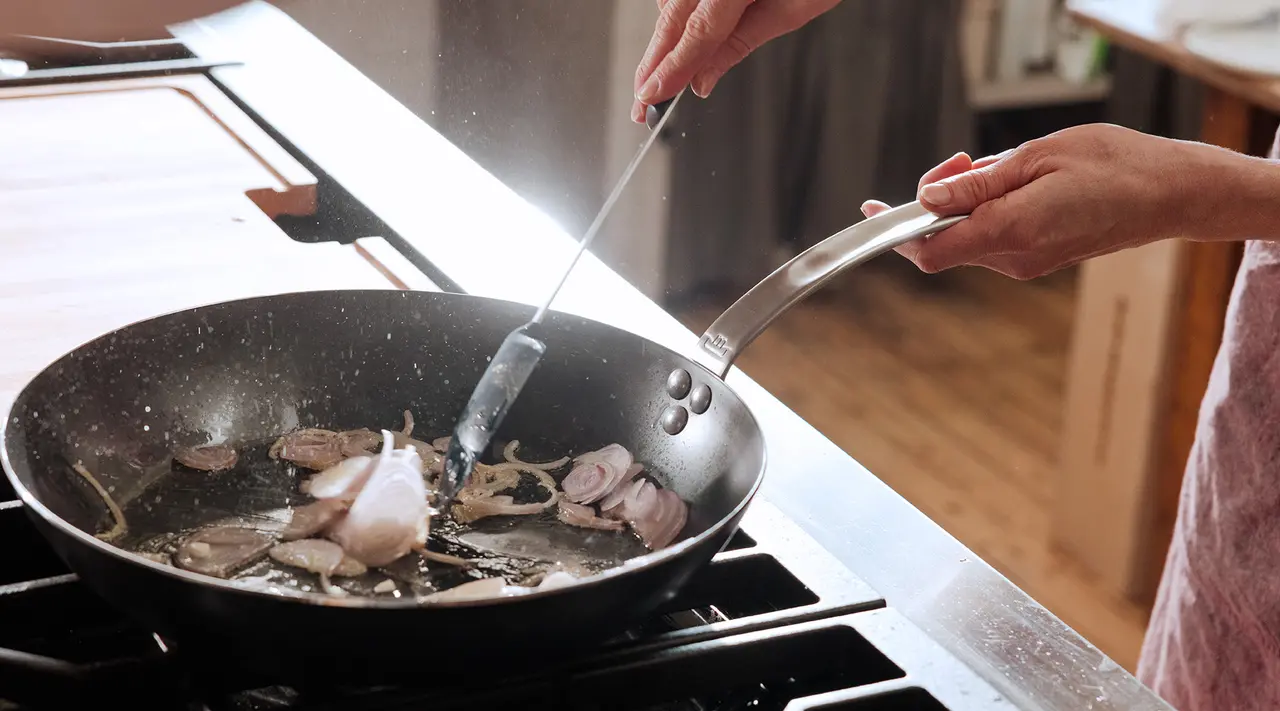
If you’re now prepped and ready to try carbon steel for yourself, here's what to expect and how to make the transition from non stick cookware as smooth as possible.
1. Choose High Quality Carbon Steel
Carbon steel comes in a variety of shapes and sizes, from frying pans to woks and griddles. Choose the piece that best fits your cooking needs—we suggest starting your carbon collection with our Carbon Steel Frying Pan or Griddle.
If you’re overwhelmed by all the options, look for professional-grade cookware with a high heat threshold and lightweight construction. It's a worthwhile investment that will pay off in both performance and longevity.
2. Seasoning Is Key
Seasoning is what creates that naturally non stick surface. Each piece in our Carbon Steel Cookware collection comes preseasoned with a mixture of shea nut and coconut oil, giving you a head start—but it never hurts to be strategic about your first few cooks. Cooking foods with a good amount of fat helps build up the polymerized layer of oil on the surface. Bacon, ground beef, sausage, fried chicken, caramelized onions, and sautéed mushrooms are all great choices to start.
3. Just Keep Cooking
Once you’ve built up a solid base layer of seasoning, the best thing you can do is just keep cooking—especially with fat.
Once the pan is seasoned, you can confidently cook more delicate foods like fried eggs, fish, or pancakes. Just avoid acidic ingredients like tomatoes, citrus, and wine in the beginning, as they can strip away the seasoning you’ve worked hard to build (which is easily remedied with a quick reseasoning).
4. Clean with Care
Let your carbon steel cookware cool before cleaning. Then, either wipe it out or scrub with a mixture of oil and kosher salt to remove any stuck-on bits and rinse with hot water. Learn more about carbon steel care and maintenance in our dedicated guide so you (and your pan) are fully set up for success.
5. Maintain Your Seasoning
Every time you wash your carbon steel pan, take a moment to reseason it. This is especially important if you notice any dry patches or spots where the silvery metal is showing through.
While the pan is still hot, add a very small amount of neutral, high smoke point oil—like grapeseed, canola, avocado, or sunflower—and wipe a thin layer around the entire pan, inside and out. Heat it over medium-high until the oil starts to smoke. If it beads up, wipe off any excess. Turn off the heat and let it cool.
Ready to Shop?
Making the switch from non stick to carbon steel is one of the best decisions you can make for durability, performance, and a naturally non stick cooking experience. With just a little care and a few habit changes, you’ll be cooking confidently in no time.




